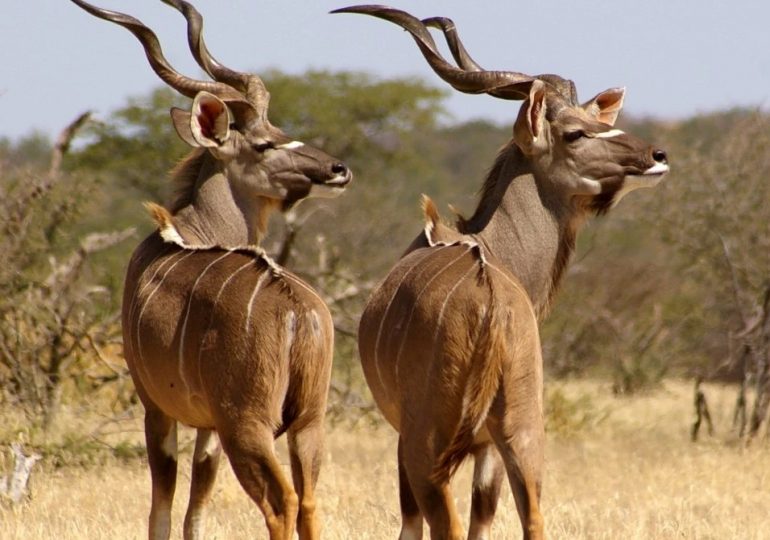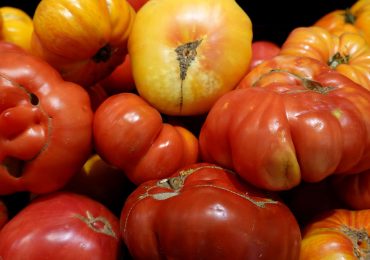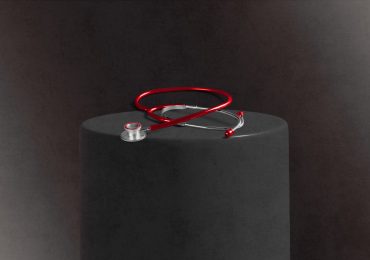In our latest post Tim Herkenrath, PhD candidate at Universities of Bonn and Umeå, present his work ‘Hungry Herbivores and Thirsty Plants: Browsing Wildlife Shape Savanna Tree Transpiration Independently of Water Use Strategies’. He explains the connection between biotic interactions and physiology, shares the pain and pleasure of fieldwork in Namibia, and shows his path from northern woodlands to southern savannas.
About the paper
Since their first encounter some 300 million years ago in the Late Carboniferous, the relationship between herbivorous tetrapods and plants has been a nuanced dance of mutual dependence and conflicts. Herbivores satisfy their dietary needs by foraging on plant material while struggling with the plants’ defense mechanisms such as secondary metabolites or thorns. Meanwhile, plants have evolved to benefit from zoochoric seed dispersal and enhanced nutrient cycling facilitated by dung deposition but suffer from the removal of costly biomass. This interplay has shaped adaptive strategies over time that have led to the myriad patterns of herbivore-plant interactions observed today. Our paper aims to extend these interactions to a process relevant at the ecosystem and even Earth System level: tree transpiration.
In a semi-arid Namibian Wildlife Reserve, expected to be sensitive to changes in hydrological dynamics, we manually applied a browsing gradient to three abundant woody species and measured the effect on sap flow representing tree transpiration. Other than expected when browsing was solely translated into a simple reduction of transpiratory surface, we did not observe a linear decrease of sap flow with increasing browsing intensity. Instead, browsing stimulated sap flow up to approximately 30 % leaf removal in all species and only beyond this threshold, a decline was observed. This pattern was remarkably consistent across species and can be explained by increased transpiration levels of the remaining leaves (indicated by stomatal conductance), capable of compensating for a moderate loss of total leaf area. While we welcome readers from various backgrounds to delve into our findings, we believe it is particularly relevant for scientists in savanna ecology, ecohydrology and plant physiology. Our work offers insights for anyone who is intrigued by how herbivores shape ecosystem and Earth System processes, making them a crucial part of many ecosystems.
Katja Geißler preparing a Catophractes alexandri shrub for sap flow measurements (Credit: Niels Blaum)
Jonas Roth programming the data logger for the recording of sap flow measurements (Credit: Katja Geißler)
About the research
While it would be inappropriate to complain about demanding fieldwork when you can enjoy lion calls at night, morning visits from elephant, and evenings around campfires in a Namibian savanna landscape, our work can still be described as challenging: Because large mammals were intentionally excluded from the experiment to control browsing pressure, we manually removed given percentages of leaves to realize a distinct browsing gradient – a laborious task. Additionally, measuring stomatal conductance for 12 hours between sunrise and sunset in temperatures exceeding 35°C proved physically demanding. Today, looking back reveals good memories and we firmly believe that our results were worth the effort. The observed consistent non-linear transpiration pattern in response to browsing across three ecologically diverse species gives us confidence in its potential generalization to other species and ecosystems. The discovery of this pattern would not have been possible with a traditional herbivore exclosure experiment but required the application of a browsing gradient. An ideal expansion of our experimental set-up would involve the exploration of further cascading effects of altered transpiration rates on soil moisture and vegetation dynamics.
Kaarina Shilula drilling a hole for soil moisture measurements (Credit: Tim Herkenrath)
Two kudus in a Namibian savanna (Credit: Helena Wiskott)
About the author
My first dive into ecology involved collecting what I believed were moose dung samples in the Swedish woodlands at the age of 7. Despite my groundbreaking findings confirming a plant-based diet, journals were hesitant to publish, and the constant rejections made me contemplate abandoning the scientific path. It was not until my master’s thesis at the University of Bonn and the Swedish University of Agricultural Sciences in Umeå, including a 5-month stay at a research camp in the heart of the scenic Hluhluwe-iMfolozi Park in South Africa, that I decided to give science another chance. Surrounded by thieving samango monkeys and a team of inspiring and passionate local and international researchers, especially noteworthy to mention is Elizabeth Le Roux, the wish to understand those mechanisms underlying and shaping ecosystems was manifested again. Currently, I am pursuing my PhD at the University of Potsdam within the German-Namibian cooperative ORYCS project, which aims to assess the potentials of wildlife-based land use in savannas. Here, I have the opportunity and the freedom to explore the subject which captivates me the most: the impact of large herbivores on ecosystems and their underlying processes. This fostering research environment and the collaborative effort with Katja Geißler, Niels Blaum, Kaarina N. Shilula, and Jonas Roth eventually led to our recent publication.
Installation of sap flow sensors by Niels Blaum and Tim Herkenrath (from left to right). Sensors were protected with an aluminum-styrofoam protection shield (Credit: Katja Geißler)
Enjoyed the blogpost? Read the research here.
You can find out more about the ORCYS project here.
Leave a comment





